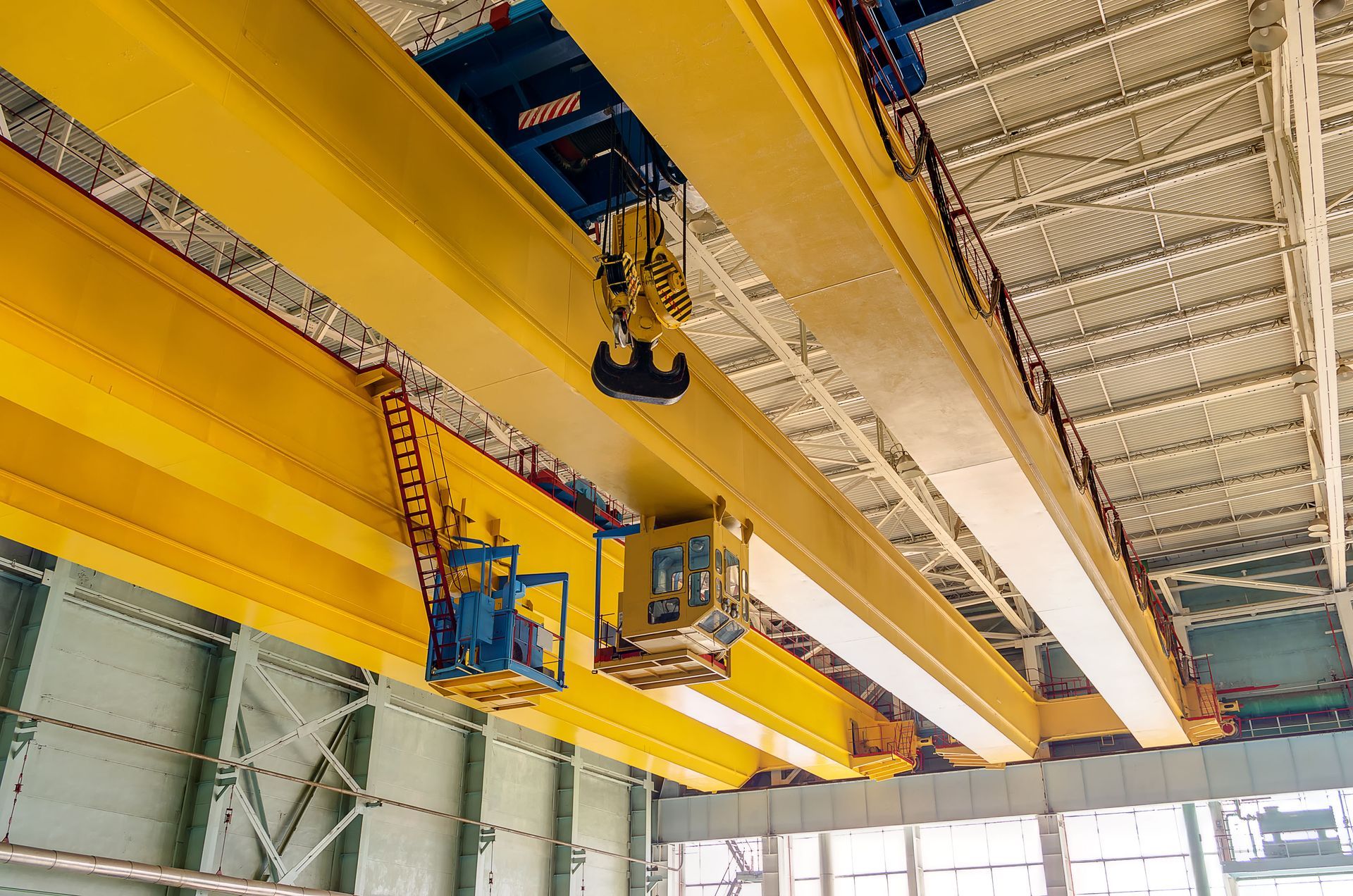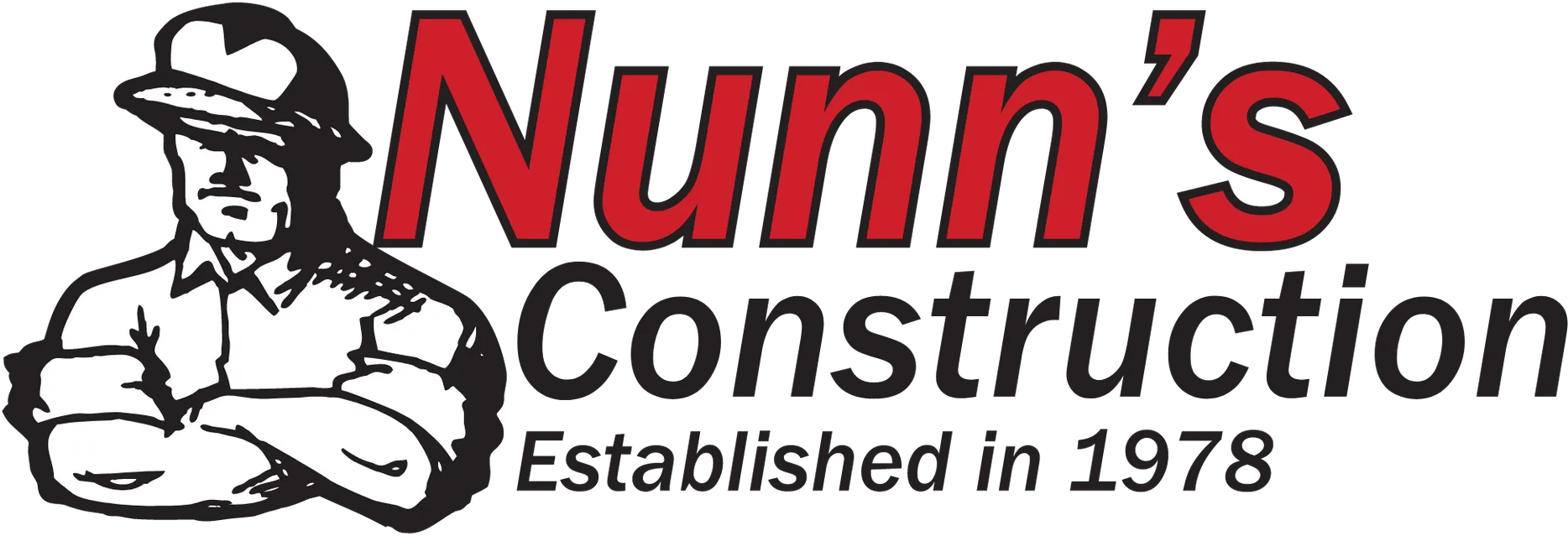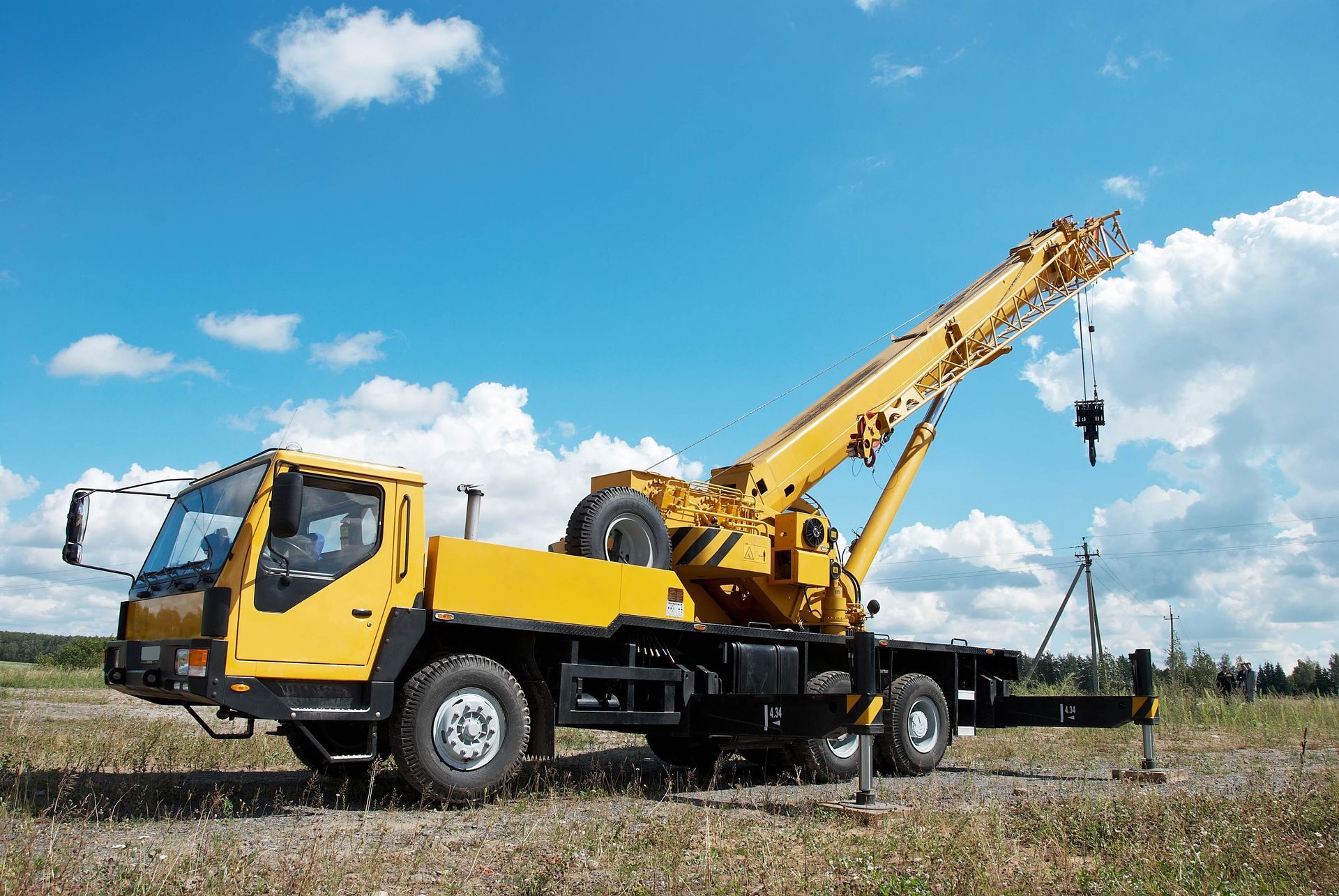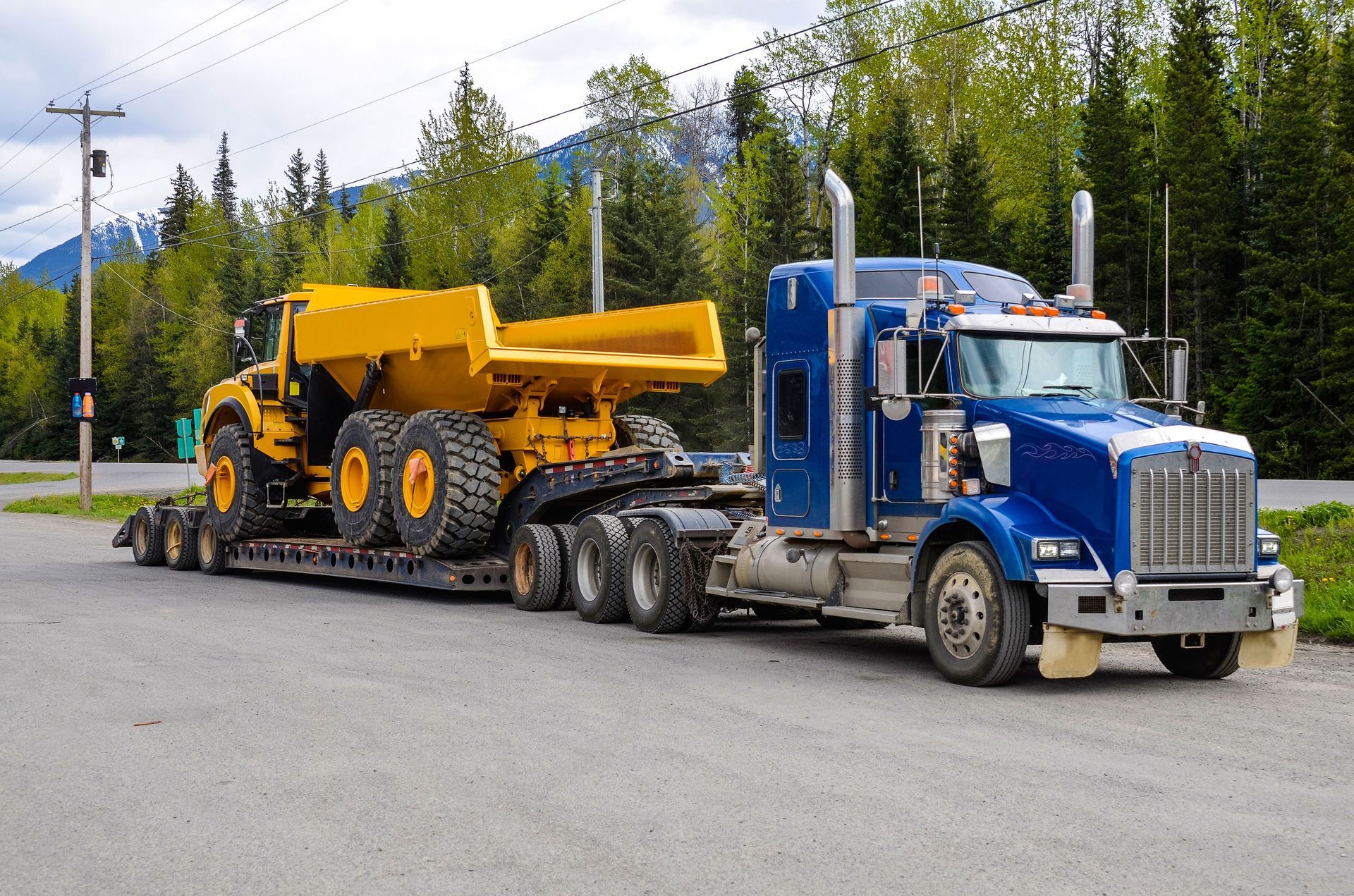September 29, 2025
The increasing complexity of today's construction projects demands advanced equipment and skilled operation. Among the most vital resources are crane services, which provide the reach, lifting power, and precision necessary for handling heavy and oversized materials. Without them, many of the skyscrapers, bridges, and large industrial projects we see today would remain unbuilt. Cranes do more than simply move objects—they improve efficiency, enhance safety, and help lower overall costs. This article explores the essential role crane services play across technology, urban development, economics, safety, management, and sustainability.
Advancing Technology in Crane Services
Crane technology has come a long way from the simple pulley systems of ancient civilizations. Early versions were used by the Greeks and Romans for temples and monuments, but the Industrial Revolution brought the first major leap with steam-powered machines. Later, hydraulic and electric systems dramatically increased lifting strength and reliability.
Modern cranes now integrate advanced materials, telematics, and precision controls. Stronger yet lighter metals improve reliability and capacity, while digital sensors and load limiters keep operations safe. Remote control and automated steering make handling complex lifts smoother, while real-time data monitoring reduces downtime. According to WifiTalents, the average lifespan of a crane is estimated at 25 to 30 years with proper maintenance, meaning these technological upgrades not only enhance performance but also extend value over time.
Looking ahead, trends point toward autonomous operations, machine learning safety features, and even renewable energy–powered models. These innovations reflect a construction industry constantly seeking efficiency while adapting to sustainability goals.
Supporting Urban Development with Crane Services
Urban construction presents some of the toughest challenges for builders. Space is limited, streets are narrow, and projects often rise hundreds of feet above ground. Cranes are the solution, allowing builders to work within tight environments while safely lifting materials to extraordinary heights.
Tower cranes dominate skylines, offering height and strength for skyscrapers. Mobile cranes provide versatility for smaller but complex urban sites, while crawler cranes bring stability and lifting power for heavy-duty work. Each type allows builders to adapt to unique urban challenges.
The impact of crane services on city landscapes is undeniable. The construction of landmarks like the Empire State Building, Burj Khalifa, and Sydney’s Darling Square relied on carefully planned crane operations to bring ambitious designs to life. Safety is especially critical in urban settings, where cranes operate close to public areas. Strict regulations, operator certification, and real-time communication systems ensure that risks are minimized.
Environmental concerns also shape how cranes are used in cities. Electric and hybrid models help reduce noise and emissions, while local rules often limit hours of operation to lessen disruption. By combining safety, innovation, and environmental responsibility, crane services make modern urban growth possible.
Driving Economic Impact through Crane Services
The economic advantages of crane services are both direct and far-reaching. By reducing the need for manual labor in heavy lifting, cranes cut costs while speeding up timelines. Projects are completed faster and with greater accuracy, which allows for more predictable budgeting.
Many construction firms opt to rent cranes instead of buying them. Renting provides flexibility, access to the latest models, and freedom from maintenance costs. Ownership, on the other hand, can be more cost-effective in the long run for companies with frequent and large-scale projects. Each approach requires a careful cost-benefit analysis, weighing upfront investments against ongoing needs.
Beyond the immediate savings for contractors, crane services stimulate local economies. They create jobs for skilled operators, technicians, and support staff while driving business for suppliers and service providers. The visible presence of cranes often signals new development, attracting further investment and revitalizing communities.
By improving productivity, reducing costs, and fostering economic growth, crane services serve as an essential foundation for both businesses and the communities they build in.
Maintaining Safety and Following Regulations
Cranes are powerful machines, and with that power comes significant responsibility. Safety standards are heavily regulated at both national and international levels, often through agencies like OSHA in the United States. Regular inspections, ongoing maintenance, and strict compliance with guidelines are non-negotiable for safe operations.
Operators undergo extensive training and certification to ensure they understand both technical performance and safety procedures. Continued education is often required to stay current with evolving technologies and regulations.
Technological advances also improve safety. Anti-collision systems, automated alerts, and remote monitoring provide extra layers of protection. Sensors can detect risks early, reducing the likelihood of accidents. Past crane accidents have shown the devastating consequences of ignoring protocols, but they have also shaped stronger safety practices.
Ultimately, adherence to strict safety standards not only protects workers and the public but also helps construction companies maintain credibility and avoid costly penalties.
Managing Crane Services in Construction Projects
Effective project management is key to maximizing the benefits of crane services. This begins with selecting the right crane for the job, then integrating its use into the broader construction schedule. Preplanning ensures cranes are deployed efficiently, avoiding downtime and costly delays.
Clear communication between crane operators, managers, and ground teams is essential. Real-time updates and standardized protocols help prevent misunderstandings and keep operations running smoothly. Coordination also ensures cranes fit seamlessly into logistics, whether moving prefabricated materials or supporting modular construction.
Risk management is another critical component. Site conditions, weather forecasts, and equipment readiness must all be considered before deployment. Contingency planning helps mitigate unexpected issues, keeping projects on track.
Project managers also track key performance indicators, such as operational uptime, lift counts, and cost efficiency. These metrics allow them to refine strategies and improve crane use in future projects. With careful planning and oversight, crane services become an integral part of delivering projects on time and within budget.
Promoting Sustainability through Crane Services
Sustainability has become a priority in construction, and cranes play an important role in achieving greener practices. By reducing idle time and optimizing lift schedules, cranes help conserve energy. Electric and hybrid cranes further reduce emissions, aligning with the goals of environmentally responsible construction.
Design innovations also support eco-friendliness, from biodiesel-compatible engines to lighter materials that consume less energy. These improvements make cranes both more efficient and less damaging to the environment.
Cranes are central to sustainable building practices such as modular and prefabricated construction, which minimize waste and maximize resource use. They also assist in recycling and material sorting on-site, helping reduce landfill contributions. For projects seeking certifications like LEED, efficient crane operations contribute significantly to achieving the required standards.
Future directions point toward even greater sustainability. Fully electric or solar-powered cranes, smarter energy use through IoT connectivity, and robotic integration are all on the horizon. These advancements ensure crane services will continue to support construction while reducing environmental impact.
Cranes are far more than construction tools—they are symbols of progress, innovation, and responsibility. From their early beginnings to today’s advanced machines, cranes have evolved to meet the demands of increasingly complex projects. They make modern urban development possible, drive economic growth, enhance safety, and support sustainability goals.
As technology continues to advance, the role of crane services will only grow more critical. Construction companies that embrace these innovations and prioritize safety and sustainability will be better positioned to succeed in an ever-changing industry.
If you’re planning your next project and need reliable expertise, turn to Nunn's Construction Co, Inc for professional crane services that deliver efficiency, safety, and long-term value.







